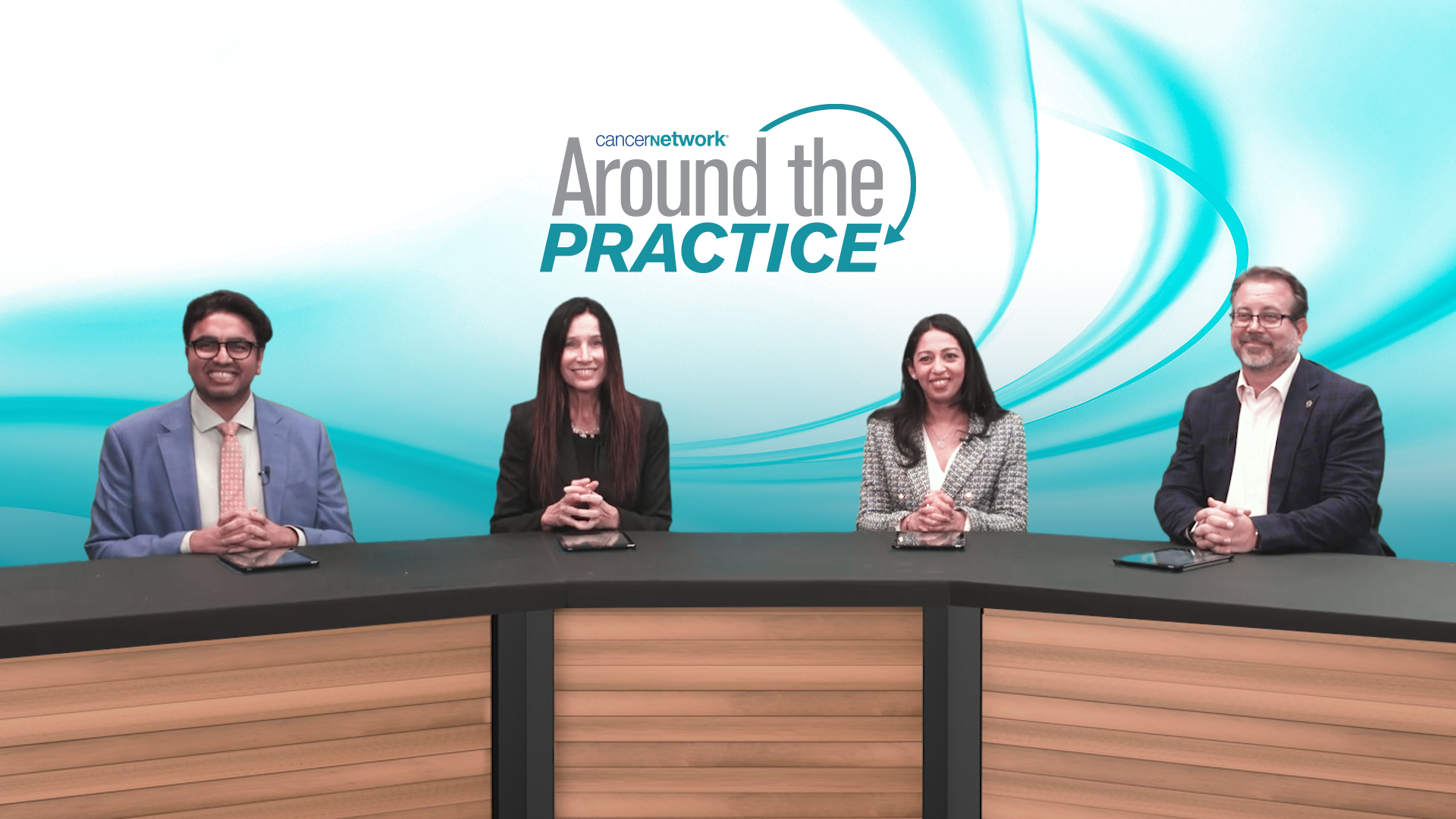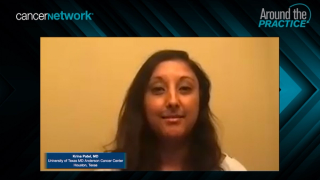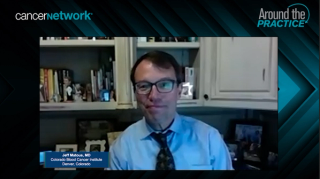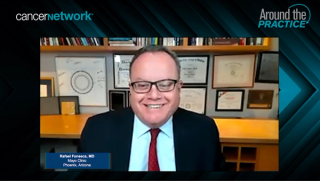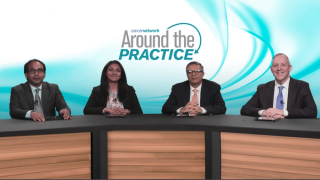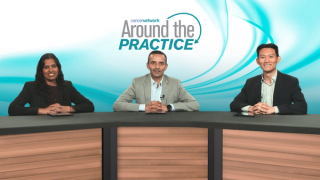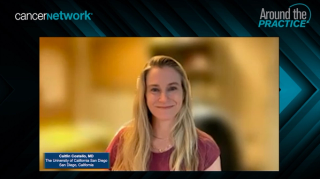
Multiple Myeloma
Latest News
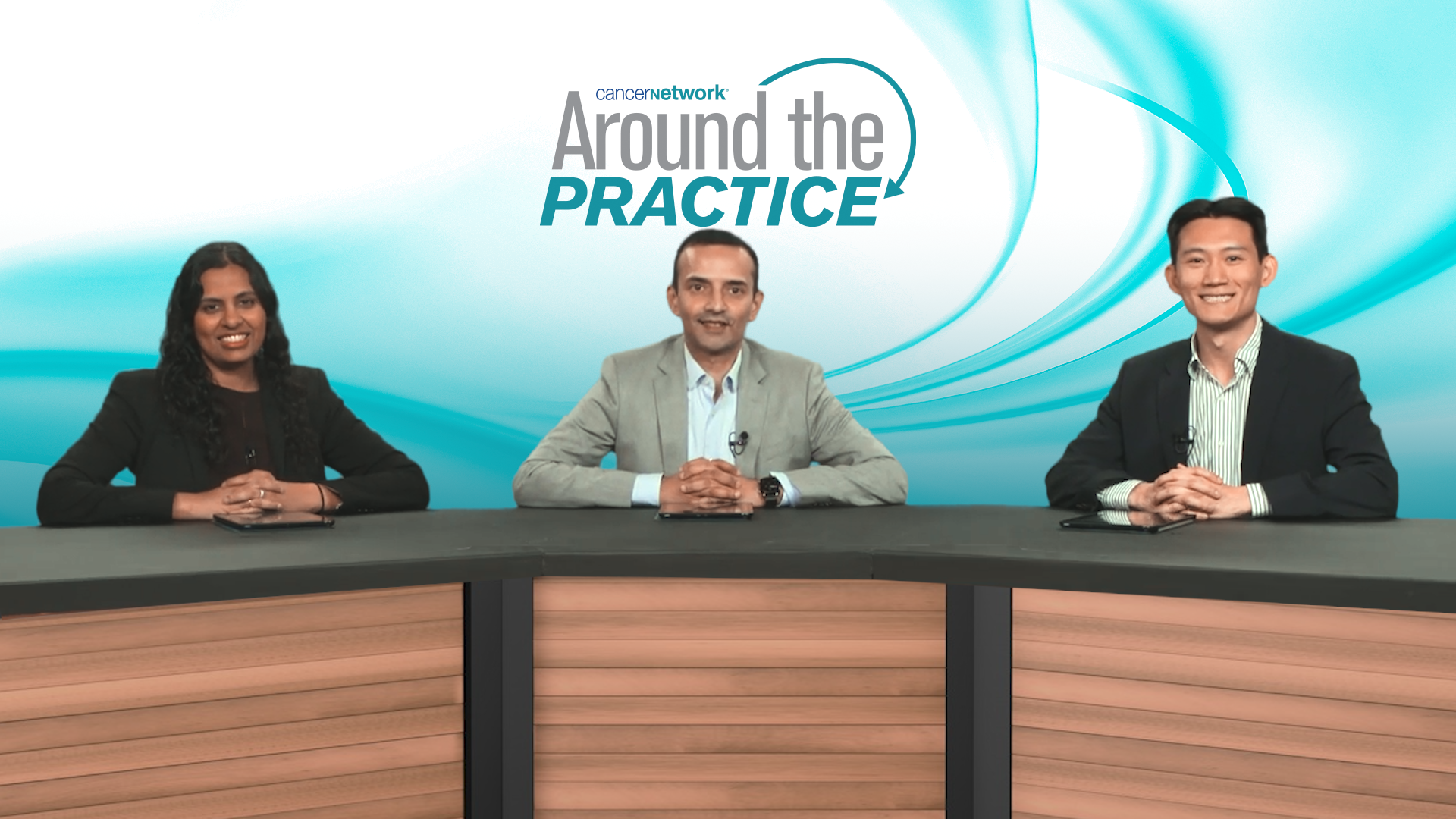
Video Series

Latest Videos
CME Content
More News

Patients who received the isatuximab combination in the IMROZ trial experienced prolonged MRD-negativity, which correlated with improved PFS.

Additionally, the Chinese Society of Clinical Oncology and Chinese Anti-Cancer Association guidelines recommend the isatuximab regimen for this population.
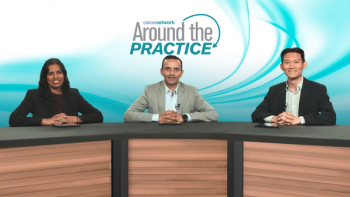
Panelists discuss how, when considering earlier lines of CAR T-cell therapy for relapsed/refractory multiple myeloma, key institutional factors include patient fitness/age, cytogenetic risk status, prior therapy response duration, and BCMA expression levels. Manufacturing timelines, financial considerations, and center-specific outcomes data also influence timing decisions. For patients receiving early-line CAR T therapy, subsequent treatment options typically focus on novel agent combinations or clinical trials exploring additional cellular therapies, with choices guided by response duration to CAR T and the patient’s individual disease characteristics and treatment goals.

Panelists discuss how, for second-line treatment of relapsed/refractory multiple myeloma (R/R MM), patients suitable for CAR T-cell (cilta-cel vs ide-cel) therapy typically have a poor prognosis with limited response to prior therapies. Institutional guidelines focus on factors such as prior lines of therapy, organ function, and cytogenetics. Non-medical factors, such as geographic access and financial constraints, also influence CAR T-cell therapy referral eligibility.
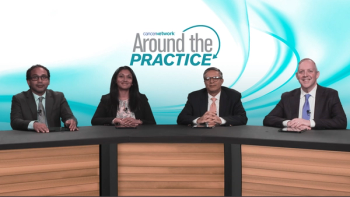
Panelists explain how CAR-T cell therapy works and describe the treatment process, discussing whether CAR -T is considered a complex procedure at their institution or if the logistics have been streamlined into clinical workflows, and they also detail their institution's approach to bridging therapy for patients awaiting CAR-T manufacturing and infusion, including whether patients are managed in-house or sent back to community centers.

Panelists discuss which patients are considered for CAR-T therapy in second-line treatment for relapsed/refractory multiple myeloma (R/R MM) (cilta-cel vs ide-cel), describe the specific criteria and institutional guidelines used to determine patient eligibility, and explore how non-medical factors like such as location and financial considerations impact patient selection, while also outlining the typical CAR-T referral process from community physician outreach to patient evaluation and selection.

Subcutaneous isatuximab yields noninferior results vs intravenous isatuximab when paired with pomalidomide and dexamethasone in the phase 3 IRAKLIA trial.

Panelists discuss how recent pivotal trials like PERSEUS and CASSIOPEIA demonstrate superior outcomes with daratumumab-based quadruplet and triplet combinations compared with standard regimens in transplant-eligible newly diagnosed multiple myeloma patients, particularly showing improved progression-free survival when daratumumab is added to VRd (bortezomib, lenalidomide, and dexamethasone) or VTd (bortezomib, thalidomide, and dexamethasone) backbones.
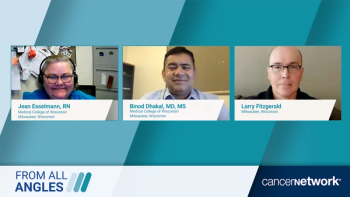
Life After CAR T: Patient and Clinical Perspectives on the Promise of CAR T in Multiple Myeloma
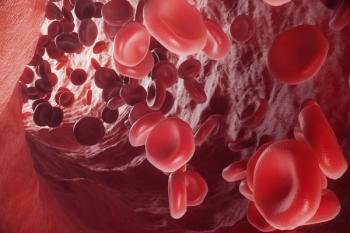
Anito-cel produced no delayed or non–immune effector cell–associated neurotoxicity syndrome among patients with multiple myeloma.
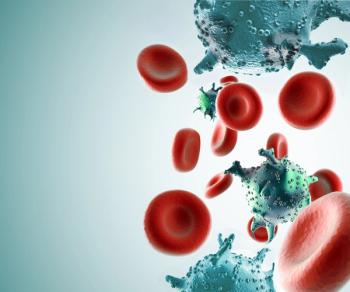
During the 2024 IMS Annual Meeting, colleagues gathered to discuss the latest advancements in multiple myeloma.
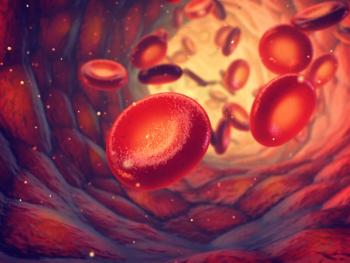
During the 2024 IMS conference, teams from Cleveland, Ohio, and New York, New York, met to debate the latest advances in multiple myeloma.

Arlo-cel yields responses among patient subgroups, including those with triple class–refractory disease and extramedullary disease.
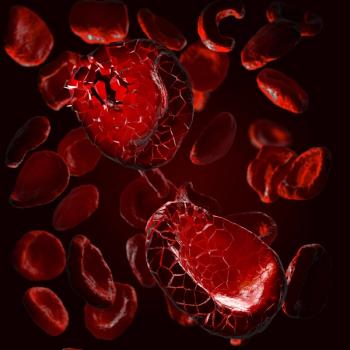
Experts in multiple myeloma spoke about optimal treatment strategies for patients who receive bispecific therapy, focusing specifically on facilitating a multifaceted approach between academic and community practices.

An isatuximab-based quadruplet yields significant long-term benefits regardless of subsequent maintenance in in patients with transplant-eligible NDMM.

A panel of experts discuss CAR T therapy in earlier lines of treatment within the R/R multiple myeloma treatment paradigm.
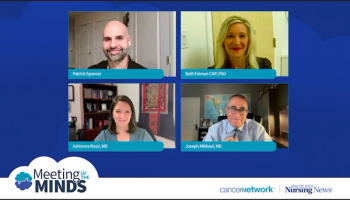
This segment explores factors influencing patient candidacy for CAR-T therapy, including age, fitness, and relapse specifics, and evaluates key findings from the KarMMa trials to compare ide-cel with other second-line treatment options for multiple myeloma.
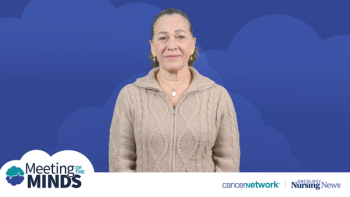
This segment explores the treatment journey of a 55-year-old mother and high school teacher with ALK-positive NSCLC and brain metastases, focusing on her experience with lorlatinib therapy.

Panelists discuss how the treatment paradigm for newly diagnosed multiple myeloma (NDMM) has evolved from conventional chemotherapy to modern regimens incorporating novel agents like proteasome inhibitors, immunomodulatory drugs, and monoclonal antibodies while highlighting persistent challenges including optimizing treatment sequencing and addressing high-risk disease.

The Post–CAR T Journey: Long-Term Monitoring, Multidisciplinary Care, and Continuous Patient Support
Panelists discuss how health care centers provide comprehensive long-term monitoring and support services for both patients receiving CAR T and their caregivers in the posttreatment period, including regular medical assessments and ongoing educational resources.

Panelists discuss how patients and medical teams navigate the complex CAR T therapy journey, from initial referral through cell collection, manufacturing, and infusion, while highlighting crucial monitoring strategies for managing adverse effects such as cytokine release syndrome and neurotoxicity.

Real-world data show that CAR T-cell therapy may be considered for eligible patients with relapsed/refractory multiple myeloma harboring CNS involvement.

Panelists discuss how a patient and their medical team collaborated to evaluate the differences between ide-cel and cilta-cel CAR T therapies to make an informed treatment decision.

Panelists discuss how clinical trial data from CARTITUDE-1, CARTITUDE-4, and KarMMa-3 demonstrate the efficacy of CAR T therapies cilta-cel and ide-cel in multiple myeloma, comparing their real-world outcomes and considering patient-specific factors for treatment selection.

Lisaftoclax with pomalidomide and dexamethasone elicited positive efficacy and safety outcomes in relapsed/refractory multiple myeloma.


